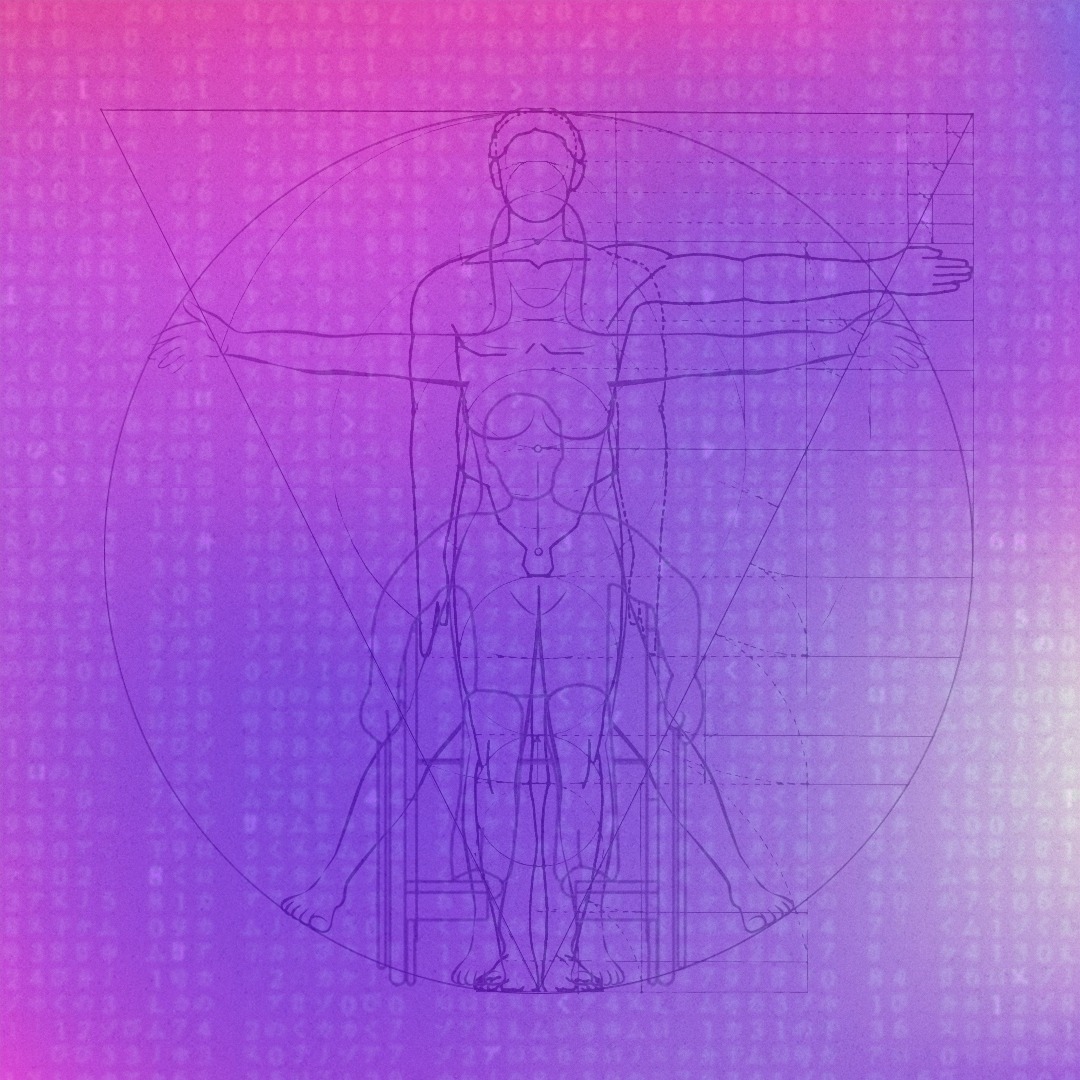- SOMMER 2023
Master - 264.239
- Künstlerisches Projekt
Visuelle Kultur - Univ.Lekt. Dr.
Ofri Cnaani
STATISTICAL BODIES: THINKING WITH BODIES ABOUT „ARCHITECTS‘ DATA“
Architects‘ Data, also simply known as the ‘Neufert’, is a reference book for spatial requirements in building design and site planning. First published in 1936 by Ernst Neufert, the book remains a first port-of-call for most designers until today. The book contains exact measurements for a range of domestic items, from vacuum cleaner to kitchen utensils; agricultural and industrial facilities, from loading decks to chicken coops; and urban institutions, from banks to museums. Neufert’s spatial norms have been taught and practiced by architects for generations and became global architectural standards. At the core of the book is Neufert’s concept of ‘Rapid design’ which trains practitioners to solve architectural problems quickly and efficiently, while celebrating normative design “types” that were based on the author’s study of the dimensions of the “well-proportioned” man. The notion of the ‘standardized body’ was instigated by the Foucauldian notion of normalization, that is, the invention of the statistically “average” man. Writer Nader Vossoughian shows how over the course of the twentieth century, the book increased the designer’s dependency on handbooks and manuals, which centralized and homogenized the production of architectural knowledge and allowed the architect to exploit economies of scale, which fostered vertical integration. Moreover, the book reimagined the “art of building” as a system that standardized bodies and arranging dimensional norms. It approaches the planner as one who calculates, computes, and organizes space and its standardized aspirations lay the ground for an easy transition to a built environment that is governed by unified algorithmic protocols.
Künstlerisches Projekt Visuelle Kultur
Univ.Lekt. Dr. Ofri Cnaani
Donnerstags, 13:00-19:00, geblockt
Beginn: 09. März 2023
Ort: Seminarraum AC0440
Weitere Details in TISS
